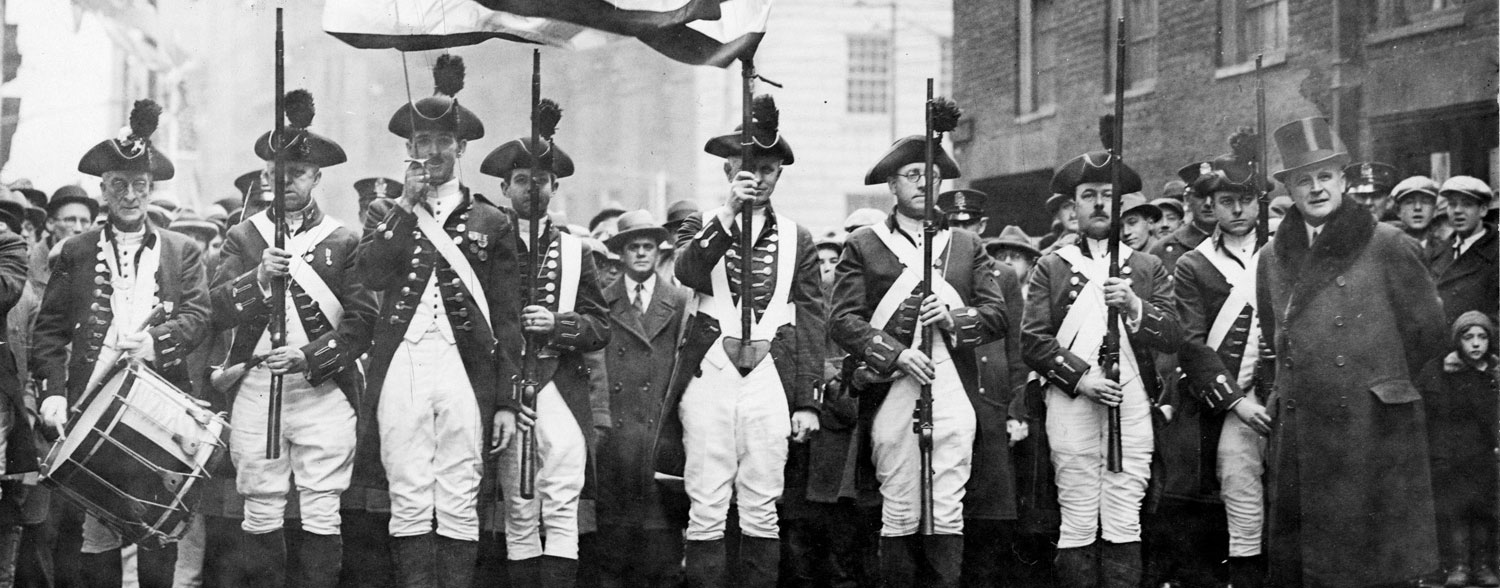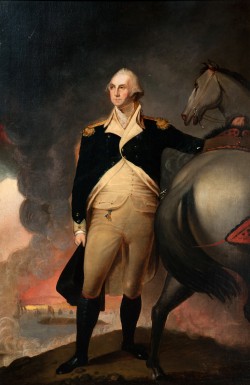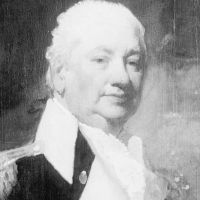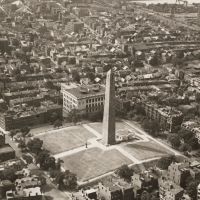Primary Source
BRITISH EVACUATION CELEBRATED
The 125th anniversary of the evacuation of Boston, made imperative by the building of fortifications on Dorchester Heights and Nook Hill by Washington's army, was enthusiastically celebrated yesterday in South Boston, the scene of that memorable work of the American army, but throughout the city there was a holiday atmosphere.... It is estimated that 100,000 people witnessed the parade…Twelve hundred men participated in the parade and along the line they were given an ovation.
Never did a visitor to South Boston receive such a reception as was accorded the senior senator when he rose to speak. Senator George Frisbie Hoar said in part,
'The yoke of Great Britain on our father's necks was easy, and her burden was light. Our fathers were a hundred times better off in 1775 than were the men of Kent, the vanguard of liberty in England…They were a thousand times better off than Ireland was far down in living memory. There was more happiness in Middlessex on the Concord than there was in Middlesex on the Thames. But our fathers felt, whatever conditions might exist, they were a people. For that they fought and for that they were willing to die. On the 18th day of March, 1776, republicanism under George Washington, drove imperialism, under Sir William Howe, out of Boston, never to come back. And that is the lesson of this anniversary.
Boston Daily Globe, March 19, 1901.







